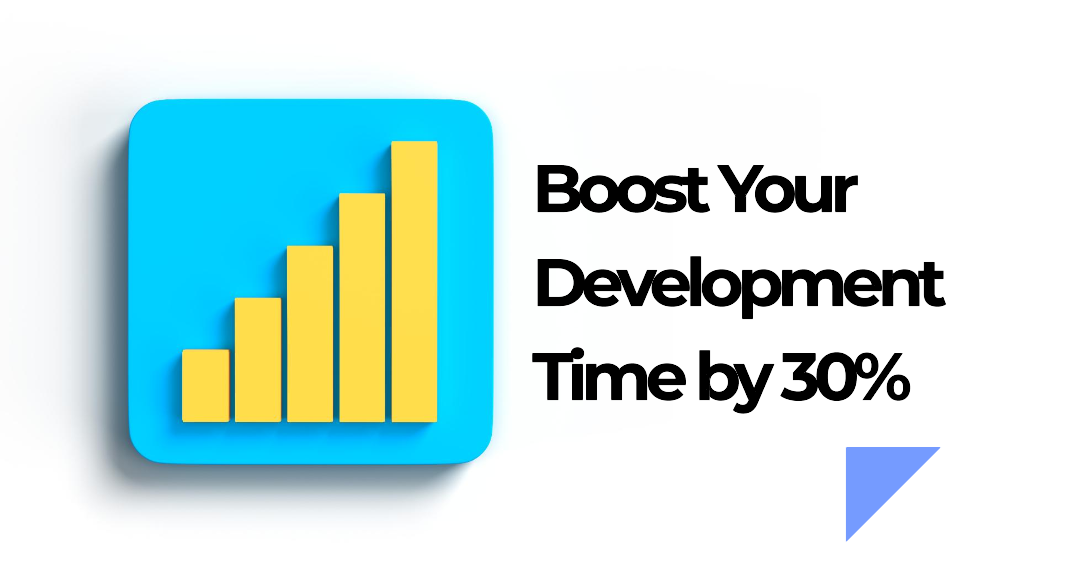Challenges in Migrating Monolithic Platforms to Microservices
Join us on a journey as we delve into the complexities of migrating from Monolithic Platforms to Microservices.
Problem Statement
Our client, an Edutech company, was facing challenges related to scalability, cost, consistency, downtime, and time-consuming processes with the increasing number of users on their monolithic platform application. The company is a top-growing company with 50K+ users on their education platform, the company’s users were experiencing difficulties due to these challenges.
The current manual deployment process is time-consuming, resulting in lengthy release cycles lasting 2 to 3 days. Furthermore, without Infrastructure as Code (IAC) or Terraform scripts, infrastructure setup for testing also consumes 2 to 3 days. These manual procedures not only impede efficiency but also lead to recurrent issues during deployment.
Time consuming in manual deployment
Time consuming in Infrastructure setup

Our Solution
We analyze the problems and to address these issues, we proposed three strategies:
1. Transition the application from a monolithic platform to Kubernetes for improved scalability and consistency.
2. Migrate the application from Digital Ocean to AWS EKS for enhanced services and partner discounts.
3. Use CI/CD for the Auto Deployment.
Zero Downtime
Kubernetes’ container orchestration capabilities and automated deployment features minimize downtime during updates and scaling operations.
AWS EKS’s infrastructure and scaling maintain high availability, reducing downtime.
100% Automated
Kubernetes, AWS EKS streamline deployment, scaling processes, reducing manual intervention & saving time.
Automated deployment & scaling features minimize the need for manual configuration & intervention, addressing time-consuming processes effectively.
Cost-Effective
Kubernetes and AWS EKS optimize resource allocation, minimizing over-provisioning and underutilization, thereby reducing infrastructure costs.
AWS EKS offers enhanced services and partner discounts, providing cost-saving opportunities for the organization.
Reliably Consistent
Kubernetes and EKS standardize deployment processes and environments across different stages of development and production, ensuring consistent behavior of the application.
Standardization reduces the risk of configuration errors and inconsistencies that can lead to downtime.
Incredibly Flexible
Kubernetes provides a flexible and adaptable infrastructure, allowing for the deployment of diverse workloads and applications.
AWS EKS offers a wide range of instance types and configurations, providing flexibility in resource provisioning and scaling.
Highly Scalable
Kubernetes enables flexible scaling of resources based on demand, allowing the application to handle increasing user loads efficiently.
AWS EKS leverages AWS’s robust infrastructure, dynamically scaling resources to accommodate fluctuating workloads.

Solution Technical Stack
Our solution leverages a robust technical stack to address the challenges faced during the migration process. The key components of our technical stack include:
- AWS Cloud Services
- Kubernetes and Dockerized Containers
- AWS EKS (Elastic Kubernetes Service)
- AWS DMS (Database Migration Service)
- AWS S3 Sync
- JavaScript
Final Outcomes
Gain valuable insights and practical solutions for migrating from Digital Ocean to AWS Kubernetes. Discover cost-effective approaches, troubleshooting guidance, and best practices to optimize performance and scalability in the cloud.
- We’ve cut down development time by 30%.
- Now, the system can support 4x times as many users and automatically scales as needed.
- It’s also 30% more cost-effective and consistent.
- Plus, with continuous integration and continuous deployment (CICD), the latest changes are deployed automatically.
Increase System Support
Cut down development time


Ready to get started?
If you’re facing migration issues and need our help, don’t hesitate to contact us for a free consultation.

Bridge communication gaps in India’s diverse languages with our affordable Text-to-Speech tool covering 12 Indian languages, promoting inclusivity.

English Learning Chatbot: Master a New Language with the AI In response to our client's vision, we crafted an English learning chatbot aimed at enhancing language learning through fun and interactive means. Our creation boasts

3D Object Generation made easy! Instantly create AI-powered 3D models for gaming, e-commerce, education, healthcare and design—fast, affordable, and efficient.

Elevate Your Devotion: The Power of Technology in Faith-Based Apps By bridging ancient rituals with digital convenience, the innovative app harnesses streaming and scheduling technology to revolutionize devotional practices. Through a seamless virtual platform, users